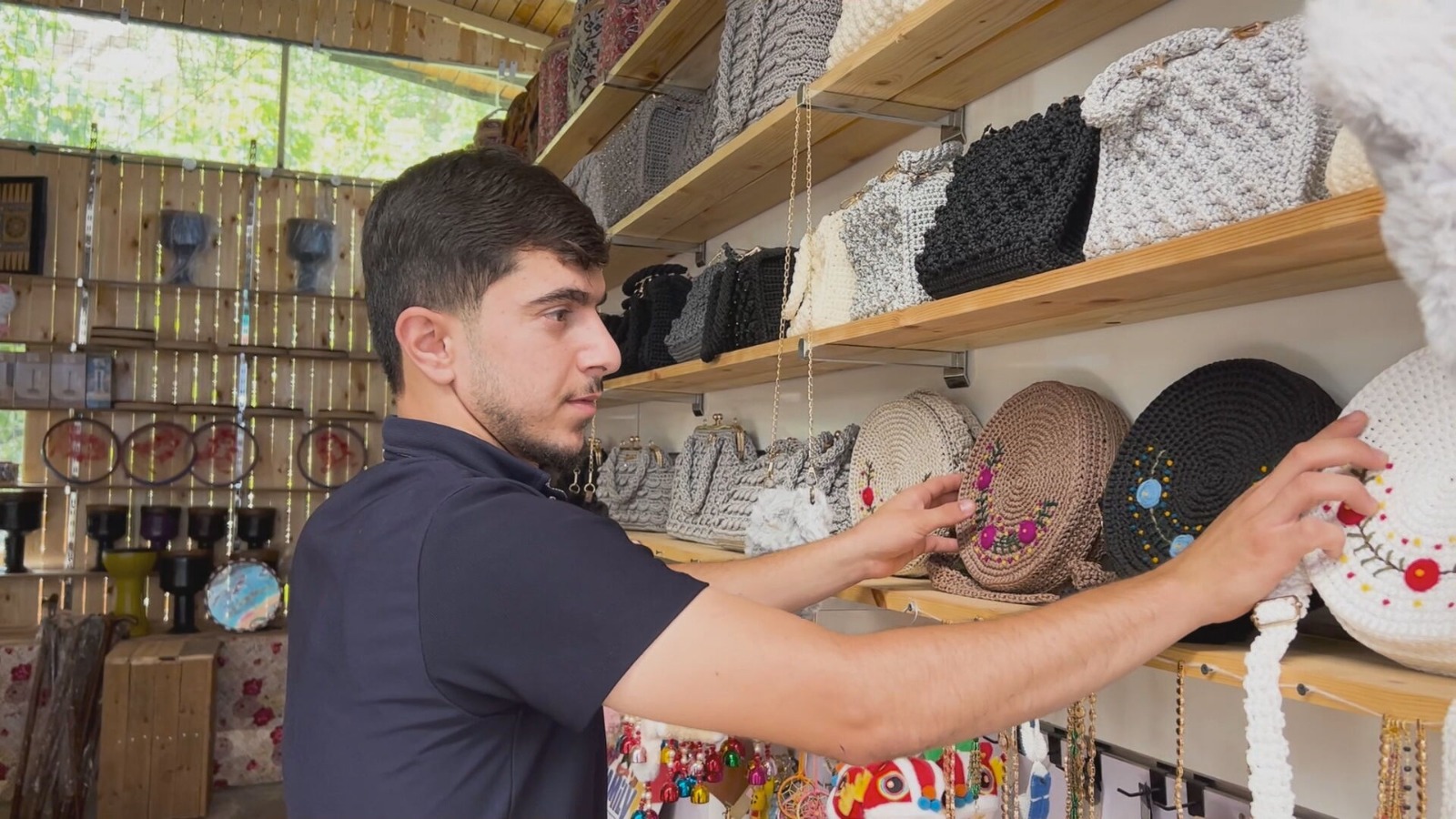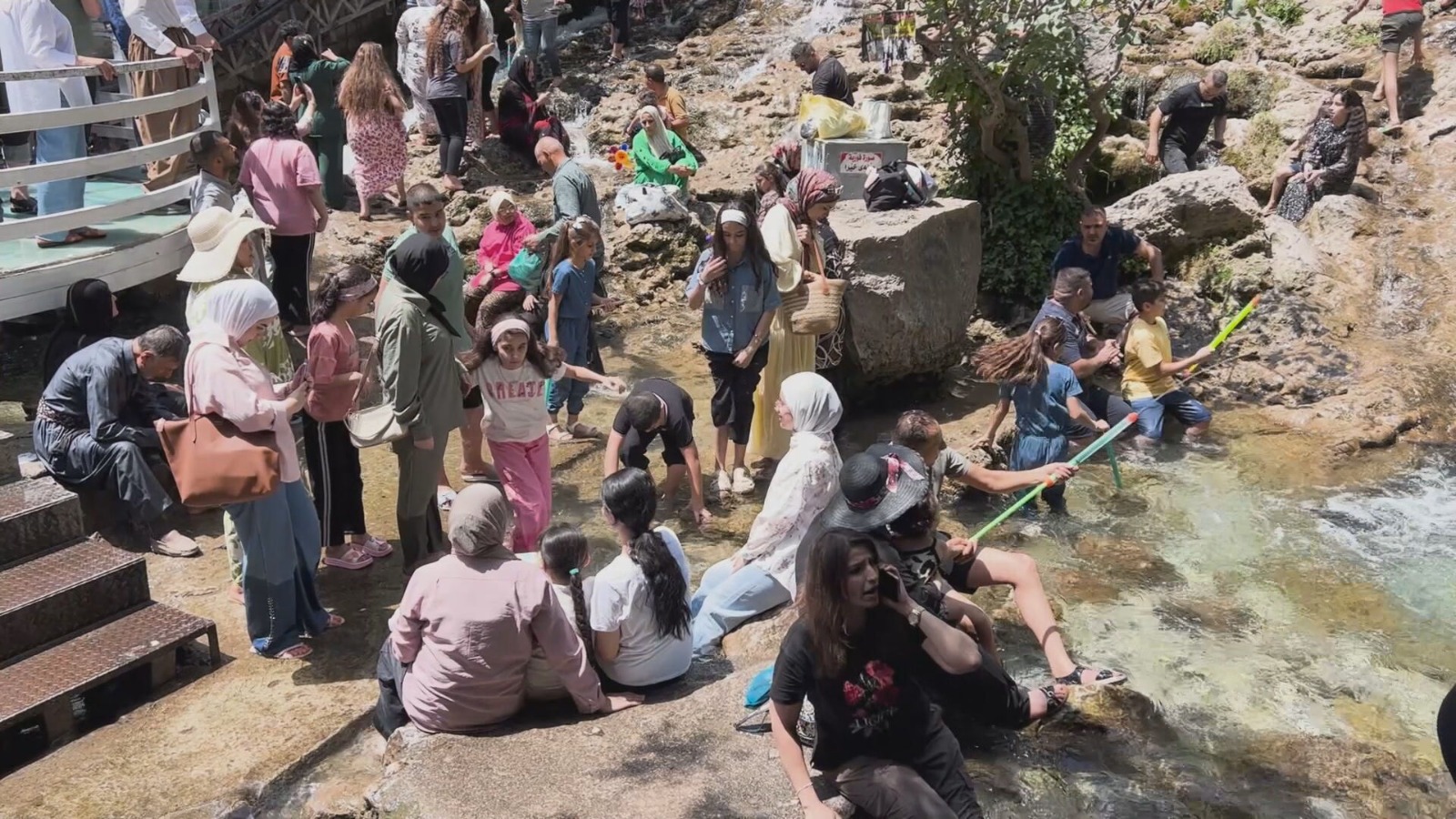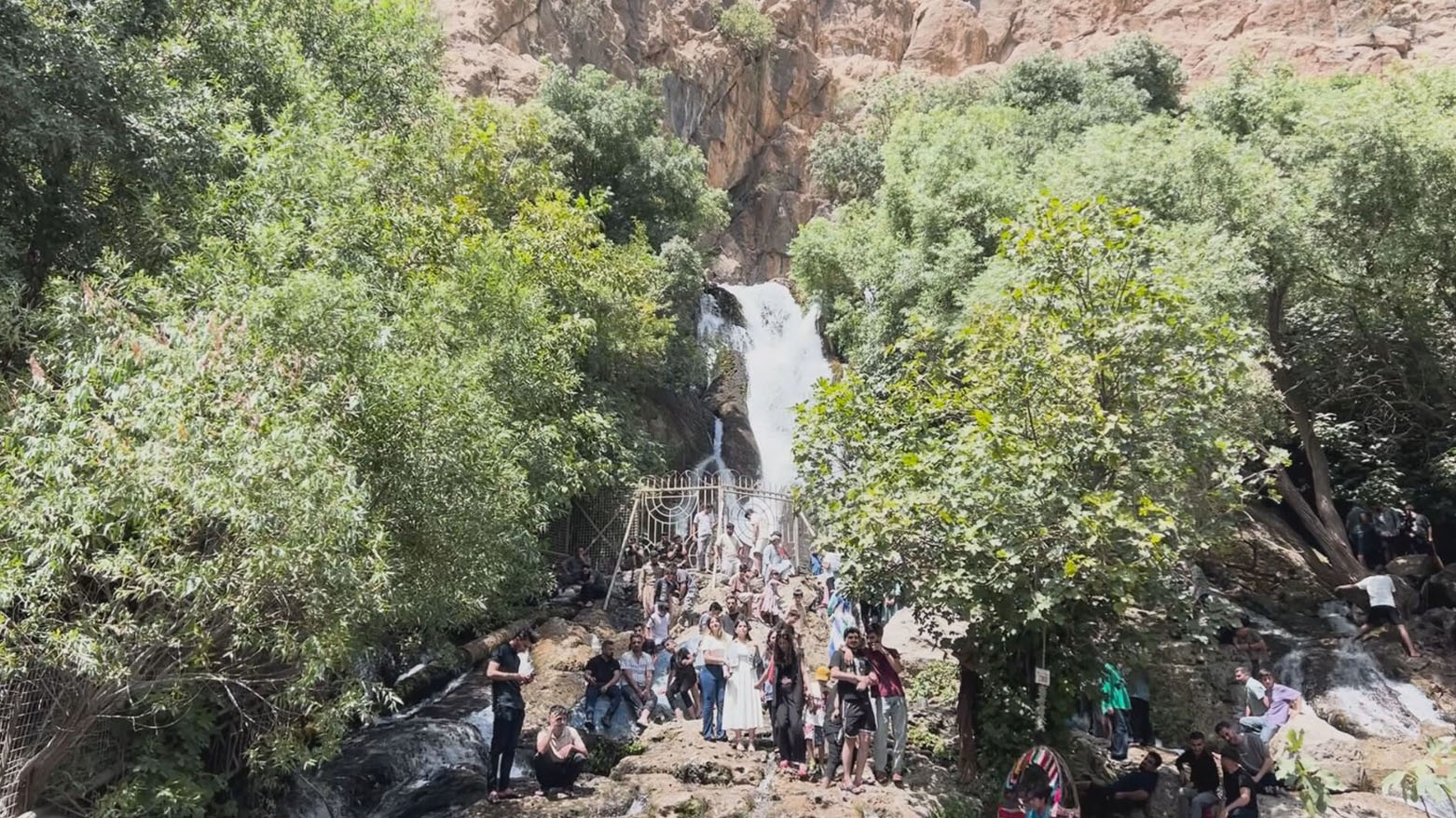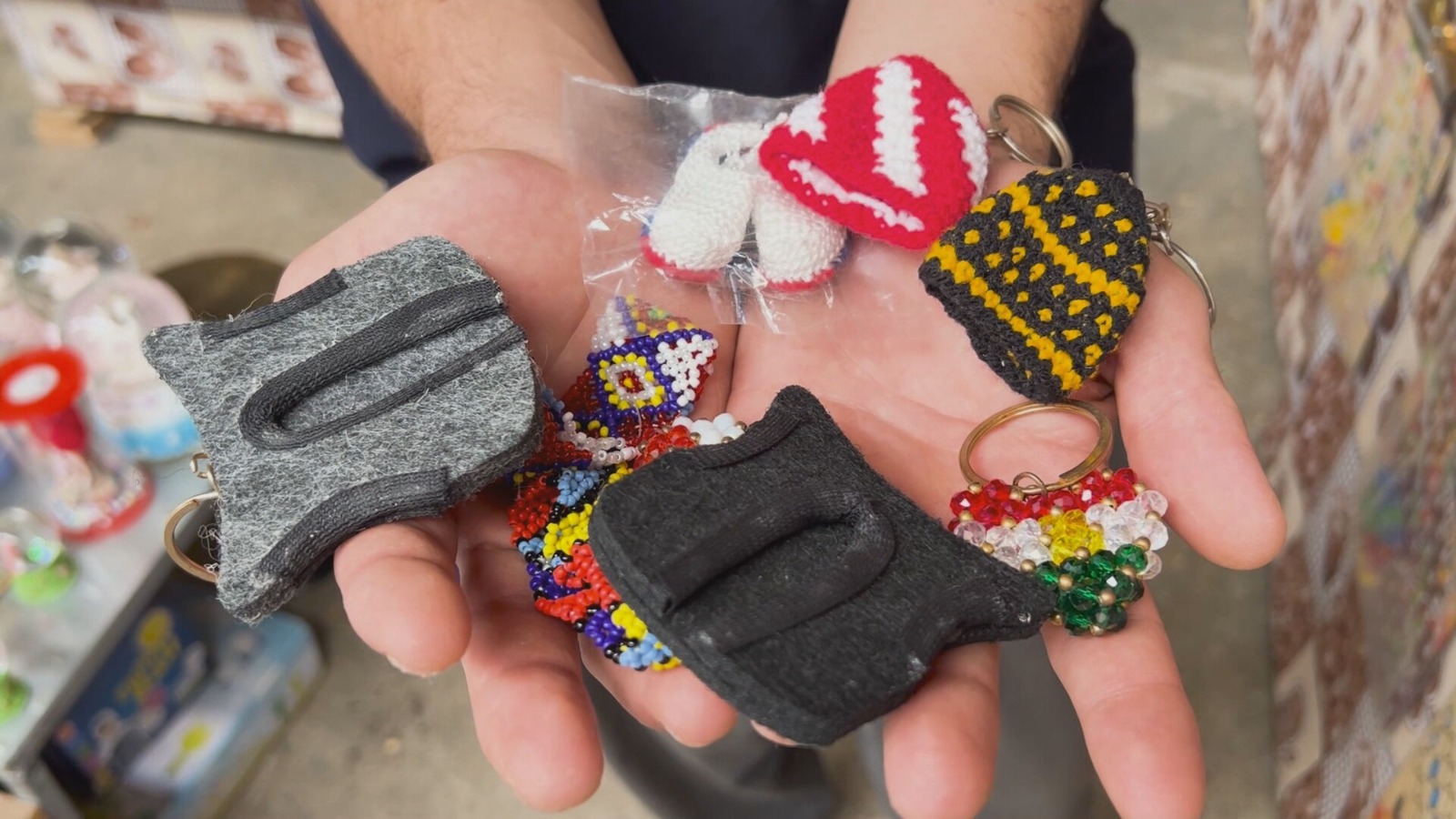Kurdistan Launches Cultural Tourism Drive to Showcase Kurdish Identity
New regulations require tourist sites to showcase Kurdish crafts, music, and design, banning foreign elements. Hawraman's shops like Younis Salih's now spotlight local heritage as Halabja sees 1M annual visitors embracing the initiative.

ERBIL (Kurdistan24) – In the village of Zalm, nestled in the mountainous region of Hawraman, shop owner Younis Salih has turned his small business into a cultural window for visitors. Lining his storefront with Kurdish jewelry, handicrafts, and cultural tools, he aims to introduce foreign tourists to the authenticity and heritage of Kurdistan.
“Some time ago, we began this initiative to show tourists our culture,” Salih told Kurdistan24. “Most of our goods and jewelry are Kurdish, and we want to present an authentic and distinctive image of Kurdistan.”
In support of such grassroots efforts, the Kurdistan Region’s Tourism Board has issued a new directive requiring all tourist sites to prominently feature local products and Kurdish handicrafts. The regulation also mandates that venues reflect Kurdish culture in their décor and activities, warning of legal measures against any establishment that fails to comply.
Officials stressed that the aim is not only economic but also cultural—ensuring that every detail of the tourist experience, from displayed items to interior design, communicates the distinct spirit of Kurdistan.
The decision has already received a warm response from visitors. Saleh Mustafa, a tourist from Baghdad, shared his impression with Kurdistan24:
“Without a doubt, these tourist sites must reflect Kurdish culture and the authenticity of the country. I visit Hawraman frequently and always make sure to purchase Kurdish products. The beautiful and striking atmosphere is what makes tourism here unique.”
Official statistics reveal that Halabja Province alone is home to 36 tourist destinations, attracting nearly one million visitors annually. The rising number of domestic and international tourists, authorities say, makes the decision a timely opportunity to strengthen Kurdish identity through cultural tourism.
The policy also prohibits the use of foreign inscriptions, signage, or music in tourist sites, underscoring that every element—from crafts to soundscapes—should embody Kurdish tradition and preserve the cultural narrative of the region.



